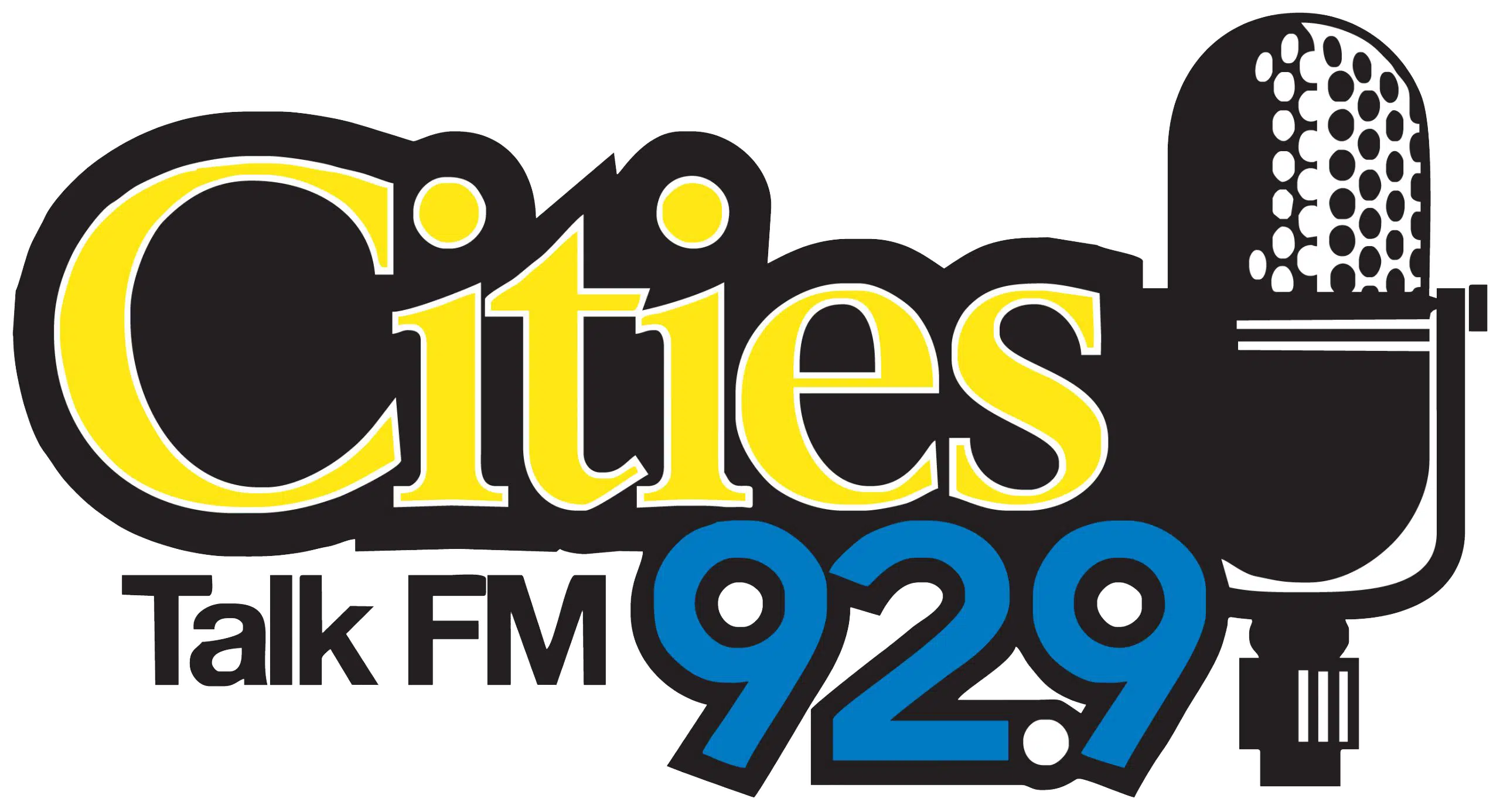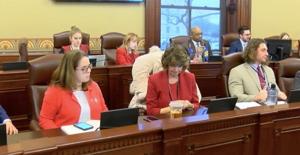(The Center Square) – Public education advocates say Illinois’ evidence-based funding model has adequately funded schools. However, one lawmaker says students are still underperforming.
Illinois’ evidence-based K-12 schools funding model aims to send more state resources to areas determined to be “under-resourced.” On Tuesday, the Illinois House Appropriations committee met with school and tax advocates to discuss the future of the model ahead of budget season.
Robin Steans of Advance Illinois, a public education policy and advocacy organization, said they have had success but still need more money.
“Only two districts are below 60% of full funding, so a huge amount of progress has been made in a relatively short period of time,” Steans said. “There’s lots of work still to do because half of our students are still in districts below 75% of adequacy.”
Ralph Martire of the Center for Tax and Budget Accountability said the program deserves more funding due to its success.
“What’s great about having the evidence based funding formula is we can evaluate it with data to see if it is working, and it is,” Martire said. “In fact, a strong argument could be made that an even greater investment should be going in.”
According to Illinois Report Card, the state spent over $16,000 in operational spending per student in 2022. That’s up from $13,300 in 2017.
After the hearing, state Rep. Brad Halbrook, R-Shelbyville, said despite all the funding, schools still have low test scores.
“To their point, they are spending record levels of money on education,” Halbrook told The Center Square. “However, we are seeing a downturn in test scores in math proficiencies and reading proficiencies.”
Halbrook also said every hearing they have on such issues results in the state being asked for more money.
“It took about 90 seconds to understand why they were there. They were asking for another $200 million on top of the $300 million,” Halbrook said. “Then we also heard in their testimony that even though this is working, if you really want to move forward let’s talk about $912 million dollars.”
The Chicago Sun-Times reported that nearly 20% fewer students in Illinois met standards in English when compared to 2019.
Halbrook said he needs to look out for Illinois taxpayers and their wallets.
“As a steward of the taxpayers’ money, they want to know that they are getting a good value for their money,” Halbrook said. “These scores, the proficiencies in math and reading, for the most part, do not indicate that that is happening.”
Gov. J.B. Pritzker delivers his budget and State of the State address Wednesday in Springfield. Lawmakers will then take that proposal and craft a plan to be approved during the spring session.







